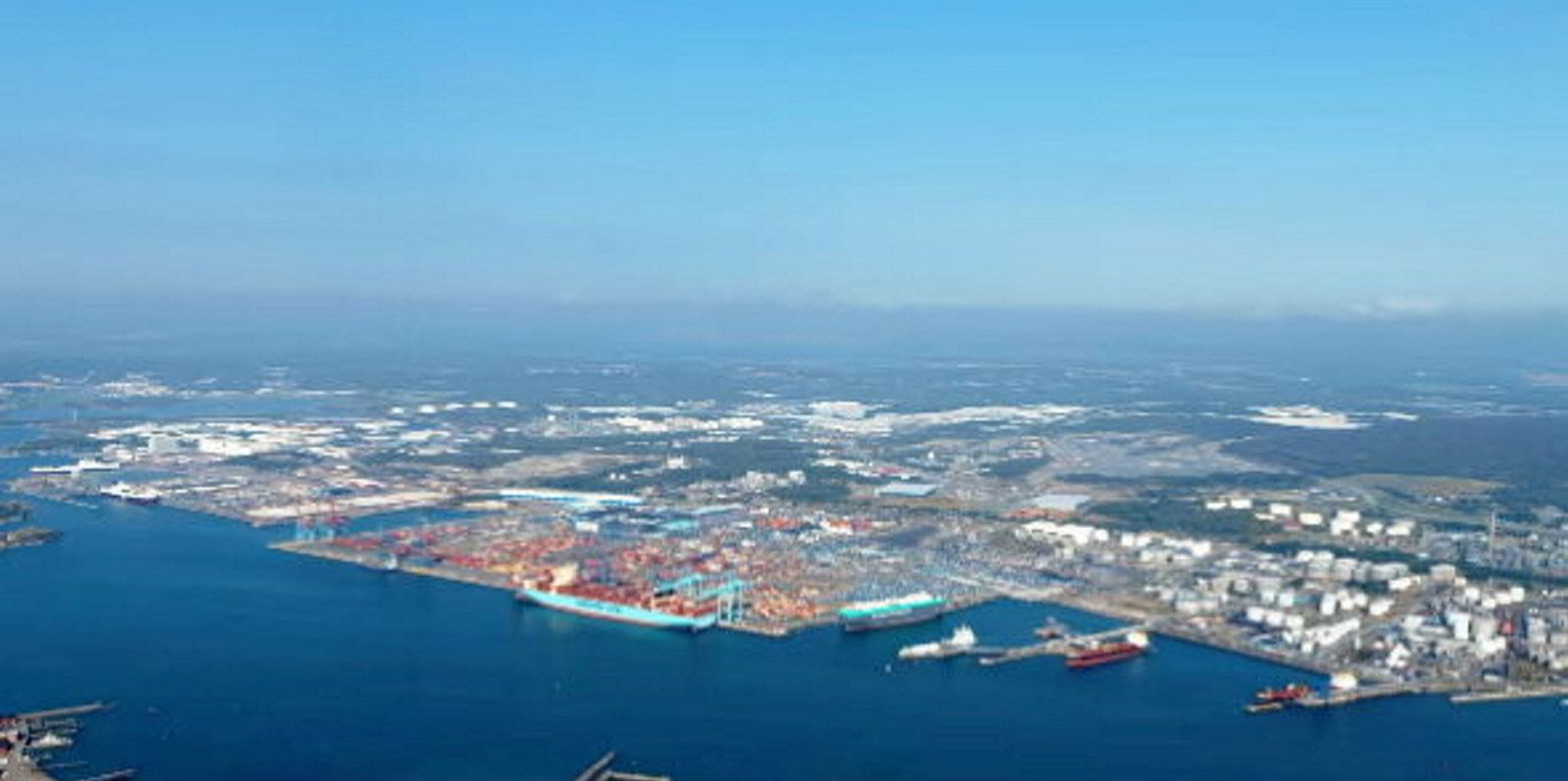Sweden’s Gothenburg Port Authority (GPA) is clearing the way to be able to fuel methanol-powered newbuildings.
The port company has devised methanol operating regulations for ship-to-ship bunkering and is also making arrangements to set up a value chain with the ambition of becoming the primary bunkering hub for renewable methanol in Northern Europe.
By 2030, the Port of Gothenburg wants to cut shipping emissions by 70% within the port area.
One key step to reach this goal is to provide a variety of vessel fuels that contribute to bringing down emissions, in the port as well as on a global scale, the GPA said.
The port has now received acceptance from the Swedish Transport Agency (STA) for its methanol operating regulations.
“This work has been finalised after great support from Saeed Mohebbi from the STA. His knowledge and support has been very valuable,” said Christoffer Lillhage, senior business development manager of energy at the GPA.
The port has already handled methanol since 2015, when Stena Line started to bunker a ropax by truck.
“Now we hope to see Maersk, X-Press Feeders and many other shipping lines routing their new methanol vessels to the north of Europe and we would be delighted to welcome them with open arms to the largest port in Scandinavia,” said GPA chief executive Elvir Dzanic.
Singapore’s X-Press Feeders has eight 1,170-teu feeders on order that will be operated on green methanol. They will be delivered from 2023.
“I am happy to see that Port of Gothenburg is working proactively to facilitate the bunkering of methanol. It is encouraging as we need the ports to be ready when we are to decide where to route our first line of methanol-propelled vessels,” said the shipowner’s Sven Siemsen, senior manager for marketing in Europe.
Danish giant Maersk has ordered 12 methanol dual-fuelled containerships of 16,000 teu, plus one methanol-fuelled 2,200-teu boxship. They will start to be delivered from 2024.




